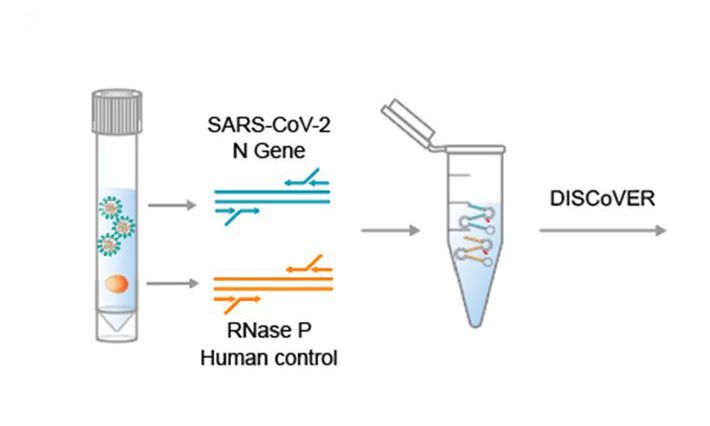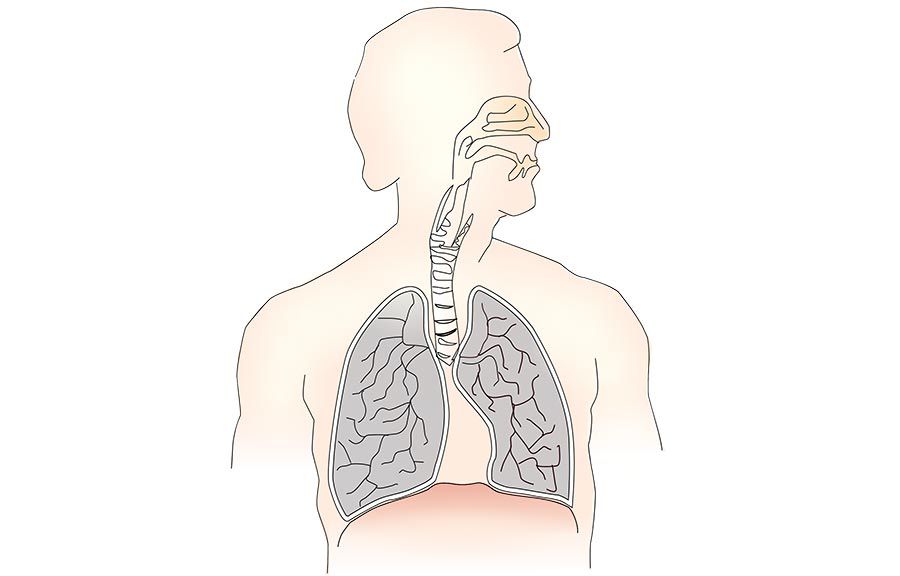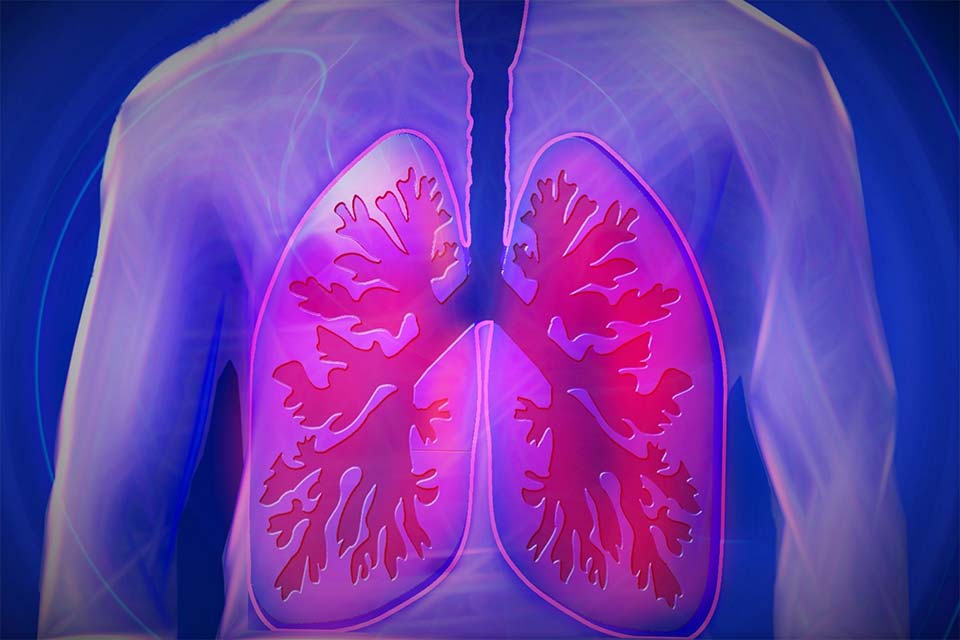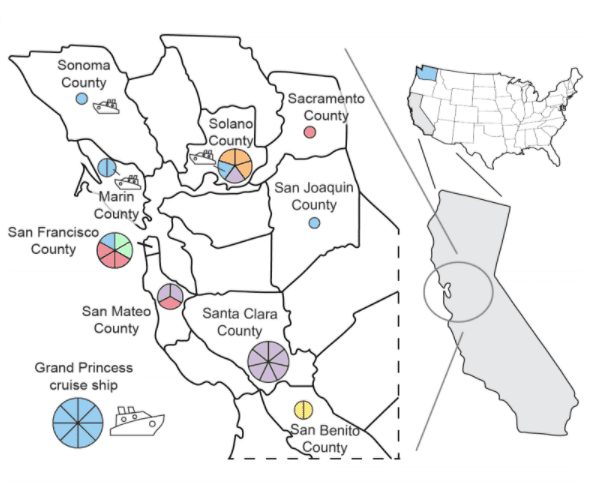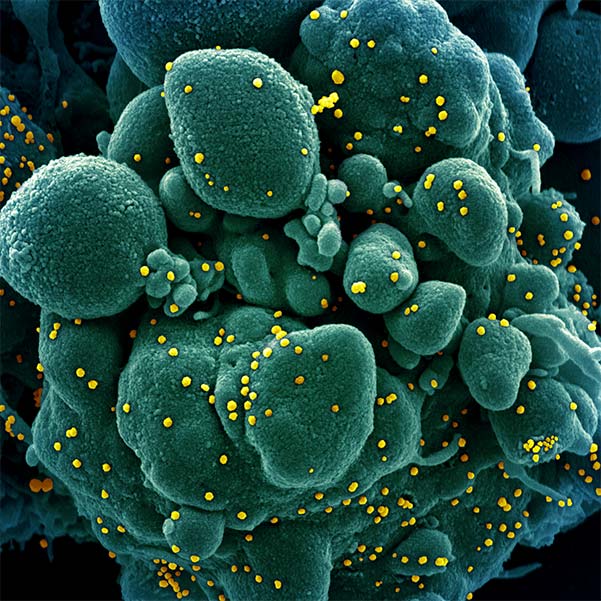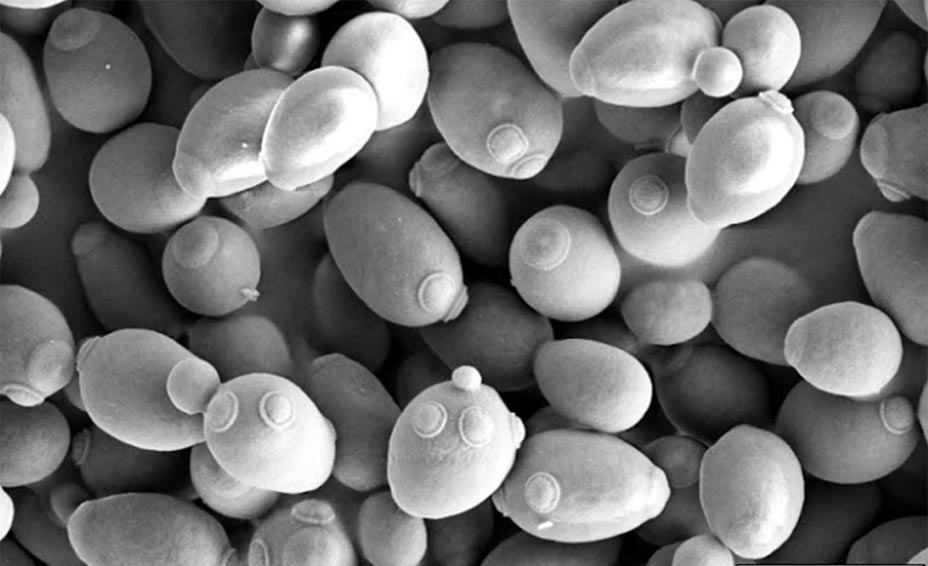Genomics
Institute
Seroprevalence of COVID-19 (SARS-CoV-2) infection in asymptomatic individuals in the East Bay
We are using at-home testing to track the status of 5,000 East Bay residents over the course of eight months in order to better understand the role of asymptomatic transmission in the spread of COVID-19.
SHARE:
Our best weapon against COVID-19, in the absence of an effective vaccine or drug therapies, is to identify and isolate cases and deploy social distancing measures to avoid further spread. It is known that asymptomatic individuals with undocumented infections can spread the virus, but data on asymptomatically infected individuals, particularly in high-risk areas such as California, are lacking and desperately needed.
We are conducting a large, longitudinal, population-representative study with in-home testing to better understand the short- and long-term prevalence and the spread of COVID-19 in communities in 11 cities in the San Francisco East Bay region. We are using established, complementary state-of-the-art molecular and serologic methods to detect current SARS-CoV-2 infections and evidence of past infection (via detection of antibodies) in over 5,000 individuals identified via a randomized, stratified selection process, including five timepoints over 8–10 months. We will examine the factors that affect risk of infection and/or modify disease manifestations. Our results will inform the impact of the changing shelter-in-place and other mitigation guidelines in real time, and help improve virus containment efforts.
Share this project:


